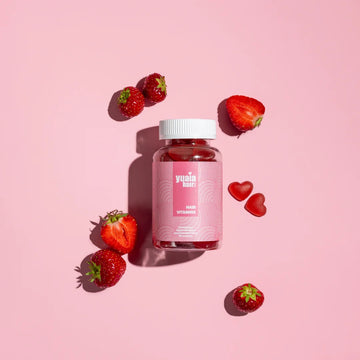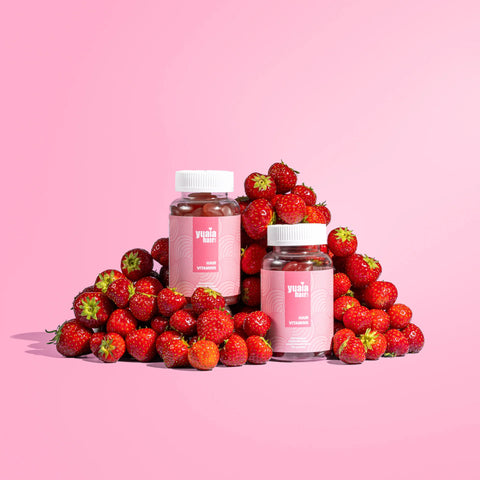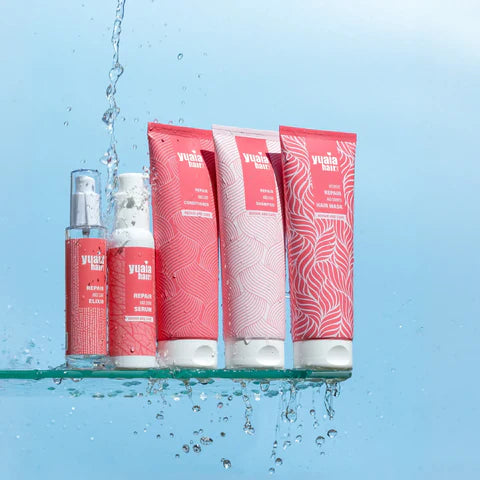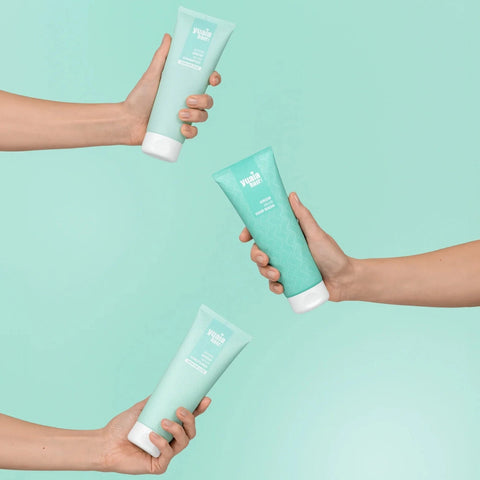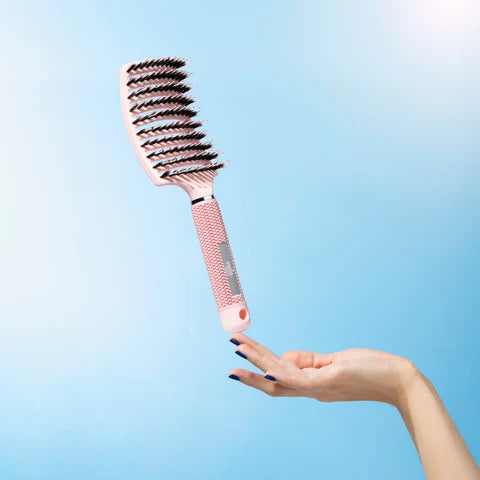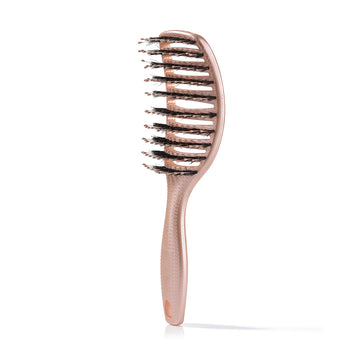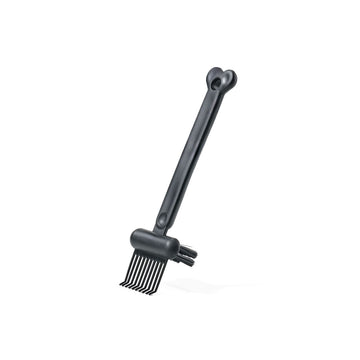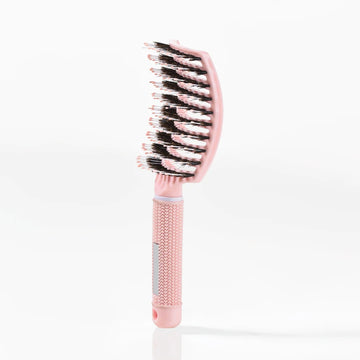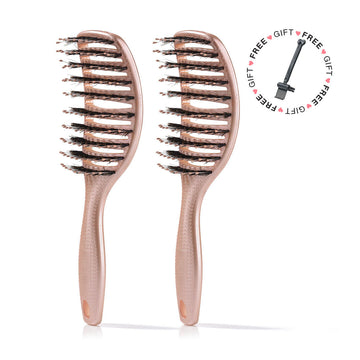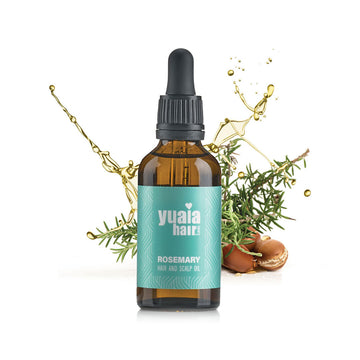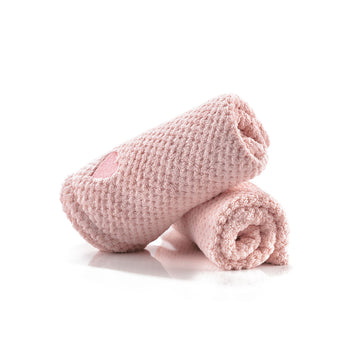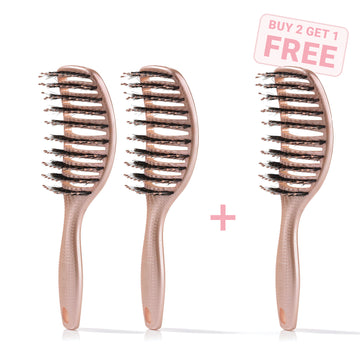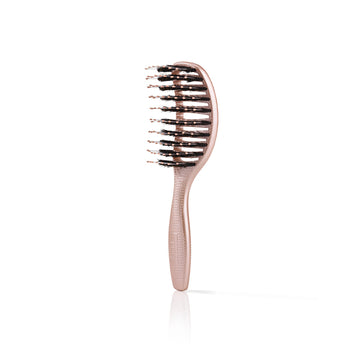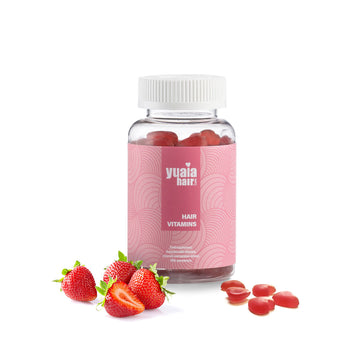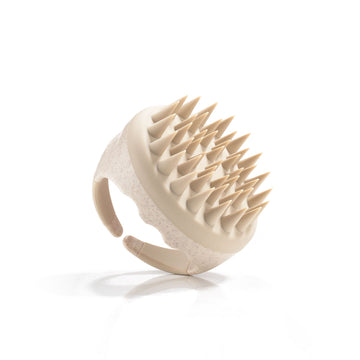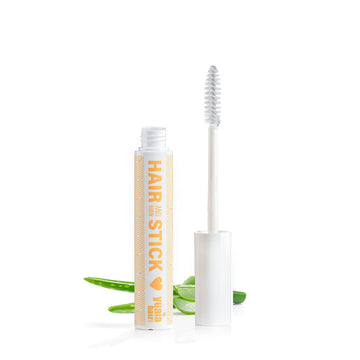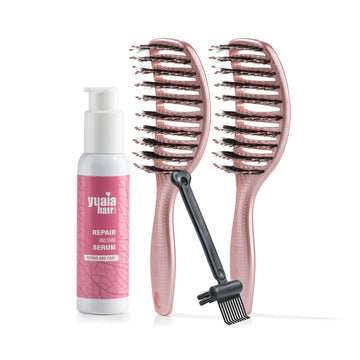Bamboo pillow cover
Bamboo is a sustainable material, as you harvest the fast-growing plant. The special thing about the bamboo plant is that it is said to grow up to 91 centimeters in one day – wild!
Using the bamboo pillow cover has the following advantages:
- The material itself is soft as butter and incredibly delicious, which is why the material is actually sometimes compared to e.g. cashmere. And because of the material's surface, the hair does not frizz or tangle when you sleep.
- Bamboo does not steal moisture from your skin and hair and reduces the spread of house dust mites. Bamboo is a hypoallergenic material.
- A bamboo cushion cover always gives a nice and cooling effect. The material makes it possible to breathe.
- You can easily and easily wash your pillow cover many times. Bamboo is a very hard-wearing material, and it therefore withstands machine waxing. Even after several washes, your bamboo cushion cover still looks new and delicious.
- Bamboo is a material that is both antibacterial and antifungal. This also means that the pillow will not start to smell over time either.
Bamboo is thus a very good alternative to e.g. silk as it has somewhat the same luxurious feel. The difference is that the bamboo cushion cover does not have an equally smooth surface. But that is not necessarily a bad thing – quite the contrary. In fact, for some it may be an advantage that the pillow cover is not so smooth. In this way, you avoid sliding around on the pillow.
Silk pillowcases
It is a complicated process to make silk, as it comes from the cocoons that the silkworms produce. In fact, it takes around 2,500 silkworms to create just half a kilo of silk.
Using the bamboo pillow cover has the following advantages:
- As mentioned, the silk has an incredibly smooth surface. Friction is therefore not created when you turn on the pillow, and therefore you do not wake up with frizzy hair.
- It is no surprise that silk is a particularly delicious material. Silk has for many years been a highly sought-after material.
- House dust mites don't like silk, so you can have your bed all to yourself. Therefore, silk is an allergy-friendly material.
- Like bamboo, silk is also an antibacterial material, which, among other things, is a huge advantage for those who, e.g. suffering with an appeal.
However, there are also some disadvantages to silk pillowcases:
- As mentioned, it is a complicated process to make silk, and for that reason it is relatively expensive to produce silk pillowcases – unlike e.g. bamboo pillowcase.
- A silk pillowcase should not be put in the washing machine. It is recommended that silk should be cleaned if it is to be able to stay nice. It can all become an expensive and difficult deal, when it is also recommended that you should change the bed covers once a week.
- Silk is a material with a dense weave, and this means that there is not a very good air flow through the pillow. This can result in the pillow feeling warm.
- When you harvest silk, you kill silkworms at the same time. For that reason, this pillow cover will not be suitable for e.g. vegans or people with an interest in animal welfare.
Satin pillowcase
Satin is actually a material that both resembles and reminds of silk. The main difference is that satin, as opposed to silk, is a material created by us humans. It is therefore a synthetic material made from polyester and rayon.
Using the bamboo pillow cover has the following advantages:
- Since, as mentioned, satin is a synthetic material, it is not nearly as expensive to produce as e.g. silk.
- Satin, like bamboo and silk, also has a smooth and luxurious surface, which means that no friction is created when you turn on the pillow.
However, there are also some disadvantages to silk pillowcases:
- Although satin may resemble bamboo and silk, satin is neither antibacterial nor antifungal.
- Satin is also not hypoallergenic.
Which pillow cover is best?
If you ask us, the benefits of either a bamboo or silk pillowcase are far greater than a satin pillowcase. While bamboo is a newer player in the market, silk has been the most popular and preferred for a long time. But a huge difference between the two materials is that the production of bamboo cushion covers is far more sustainable than the production of silk. And precisely this is also one of the reasons why the bamboo material has become so popular today. Today you can buy a wide range of products made from bamboo – you will find everything from underwear and stockings to clothes and bed covers.
Our verdict: That's why you should choose bamboo, not silk
There is no doubt that both bamboo and silk pillowcases work wonders for both skin and hair. But if we absolutely have to choose a favourite, it is the bamboo cushion cover.
Here are 3 reasons why we recommend bamboo over silk:
- The price. Bamboo and silk pillowcases have many of the same benefits, but the price is not the same. A bamboo cushion cover is often cheaper, and this is because bamboo is a fast-growing material. It is therefore easier and cheaper to produce. With a bamboo cushion cover, you get the feeling of silk just for less money.
- Maintenance. A bamboo pillowcase, unlike a silk pillowcase, can be put in the washing machine when it needs to be changed. When you choose bamboo over silk, you avoid having to send the pillowcase to be cleaned. In addition, you can also easily stain treat bamboo. And in general, bamboo is just more durable than silk.
- Breathable. Bamboo does not have as dense a weave as silk, and therefore bamboo is a more breathable material. Your bamboo pillow cover will thus have a cooling effect.
You will find our bamboo cushion covers right here.
 2-4 day UK delivery
2-4 day UK delivery
 25.000+ satisfied customers
25.000+ satisfied customers
 Satisfaction Guarantee
Satisfaction Guarantee

